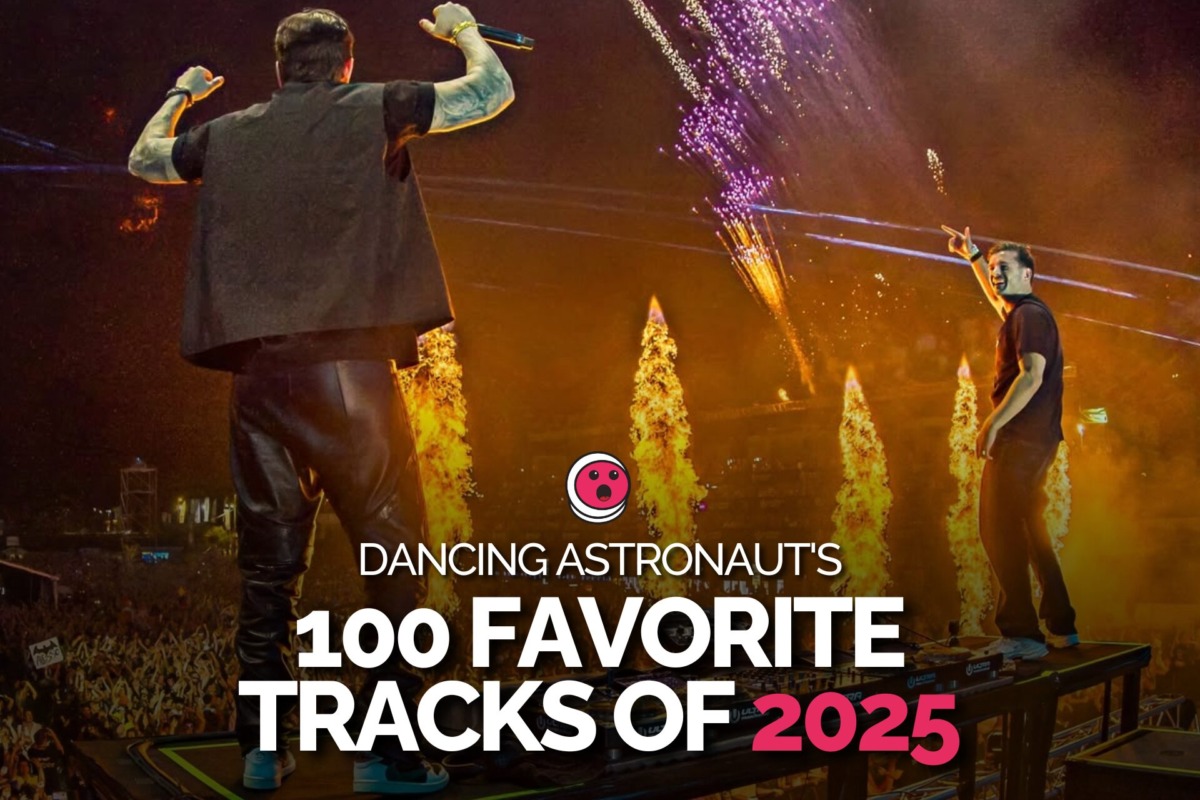Electronic dance music, sometimes called just “dance music,” is a broad category of percussive musical styles created mostly for clubs, raves, concerts, and gyms. DJs mix beats from a large array of music sources such as vocals, instrumental, and instrumentals. A typical electronic dance mix contains at least one vocalist, at least one instrumentalist, and at least one dance beat. Electronic dance music often has dance break beats, which are rhythmic dance beats that occur while the music is stopped. Other break beats are variations of the rhythm where the music is still but an instrumental kicks in and the music speeds up.
EDM electronic dance music is widely used in clubbing, especially in South America, as it is fairly easy to produce and provides something that other types of club music do not. Electronic dance music is very popular in the United Kingdom, United States, Canada, Brazil, and Germany. In the United Kingdom, “EDM” is commonly spelled as” electronice.” Clubbers love electronic dance music, because it is hard to find someone who does not know how to party. It can also be very challenging to mix the music because it requires technical skills, mixing knowledge, and creativity.
In a club or rave atmosphere, most people have a good sense of where to put a DJ mix CD so that the right track will be played. However, not everyone knows how to mix the tracks on the disc. Clubbers and ravers want their mixes to sound perfect when they are dancing to the music. They may request a DJ to do special effects or use special sounds, and the DJ may oblige. Mixing electronic dance music requires a good sense of what goes into making club and rave music.
There are three main factors involved when mixing electronic dance music. The first factor is that the DJ knows what he or she is doing. If the DJ does not know what he or she is doing, the club cannot expect anyone to play music that the crowd wants to hear. A good DJ knows the difference between good and bad music. In addition, a good DJ has the experience to know what songs will be hits and what songs will not go over well. In short, the DJ has the knowledge of which songs will make the crowd sing and which songs will not.
The second factor involved in mixing electronic dance tracks is equipment. In a club environment, the right equipment can make the difference between a good time and a bad one. Clubbers and ravers want DJ sets that sound great and are also easy to move around in. A DJ should be able to seamlessly transition from one song to the next. Good DJ equipment includes large speakers that produce high quality sound and turntables that make tracking easy and sound controlled. Clubbers and ravers also prefer a DJ who has several mixers available for different types of mixes.
Technological advances and improvements in sound and equipment have allowed electronic dance music to take a new direction. In recent years, many clubs and DJs have started to offer non-exclusive mixes and tracks. These exclusive mixes are usually made from top 40 radio tracks and may include many older tracks not broadcast on radio today. Non-exclusive mixes are especially popular with radio DJs as they provide them with a “secret” track to play at their club. This is also useful to non DJs who would like to learn a little more about the latest electronic dance hit.
Electronic dance music continues to grow in popularity. There is no sign of the popularity of electronic dance music slowing down anytime soon. In fact, it looks as if it is only going to grow and expand into new areas. As electronic dance becomes more popular, we will see even more electronic dance music made. Will this new area of electronic dance music be called new age or just another genre? Only time will tell.
One thing that does seem to be changing is the amount of privacy that is provided by DJ’s using a wireless system. Clubbers are more comfortable exchanging information and tips with each other using electronic equipment now than they use to do so a decade ago. With more clubs offering a wireless system, privacy is becoming an even bigger factor among clubbers. Some clubs now have hidden cameras and microphones, which allow clubbers to make private conversations without having to worry about being caught by their own neighbors. While this may not be as comfortable as the privacy afforded to clubbers when using conventional dance equipment, it is also much easier to keep your conversation private than it was before. Hopefully we will see more electronic dance music incorporate privacy as time goes on.


